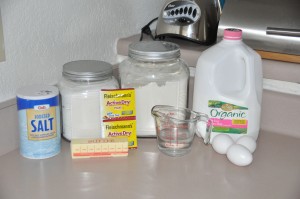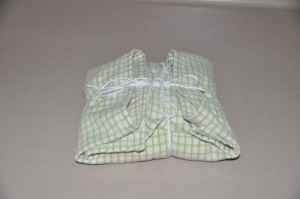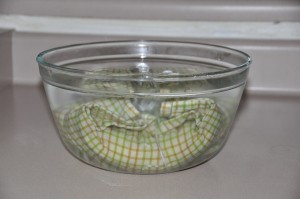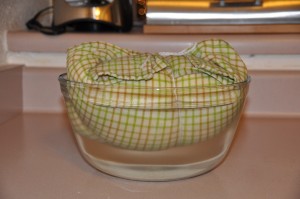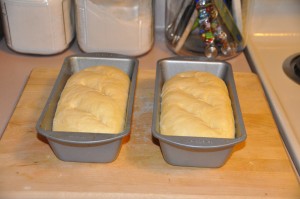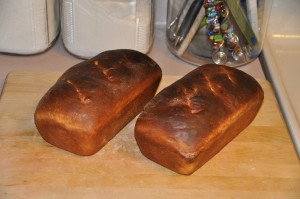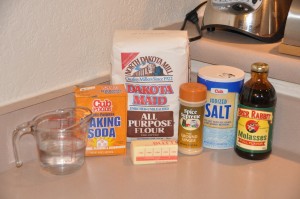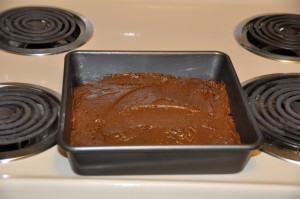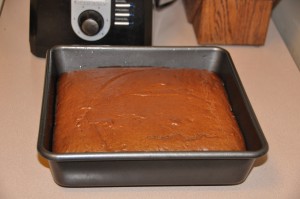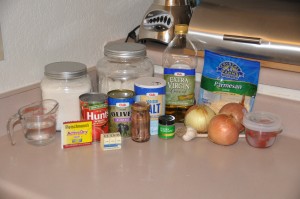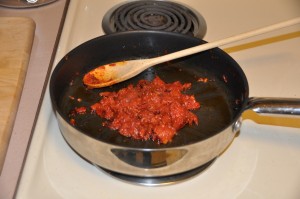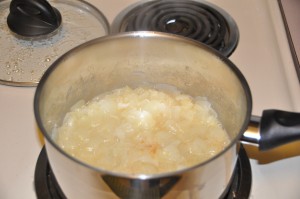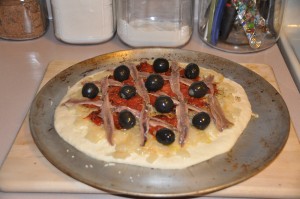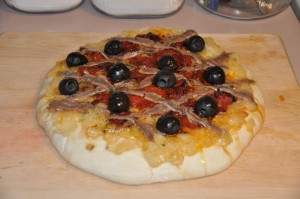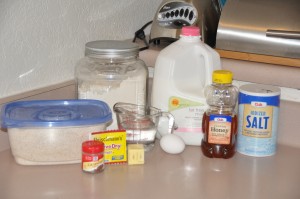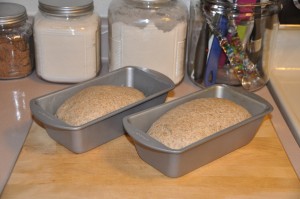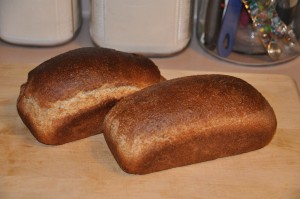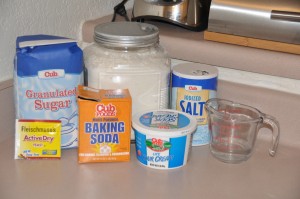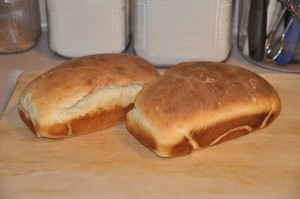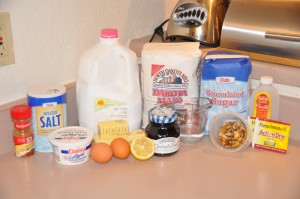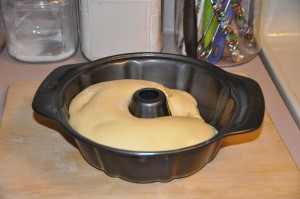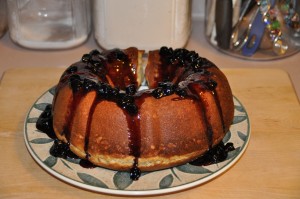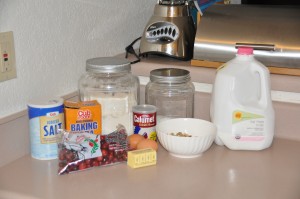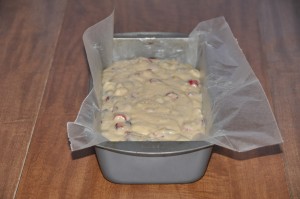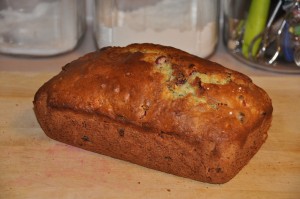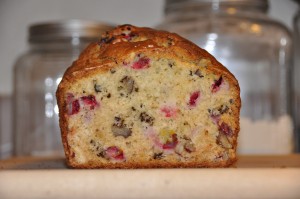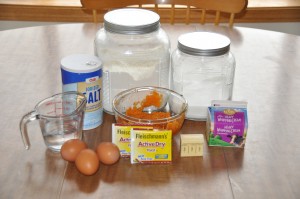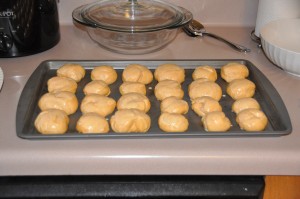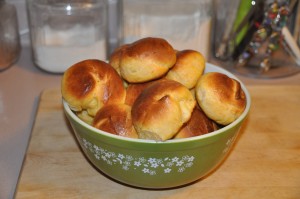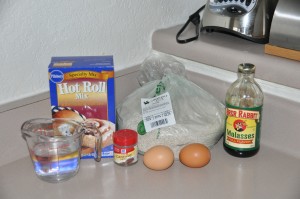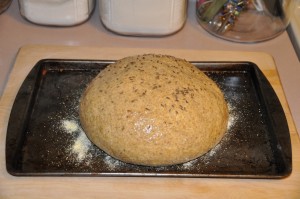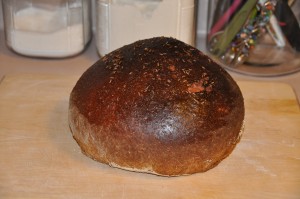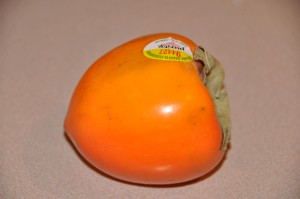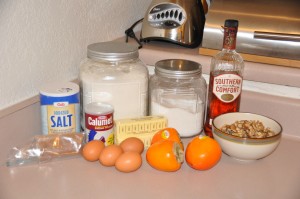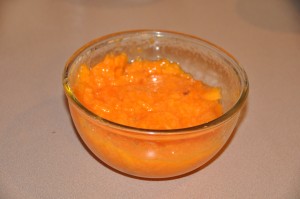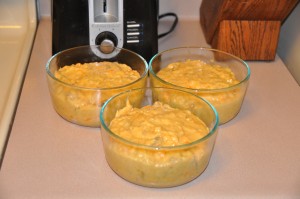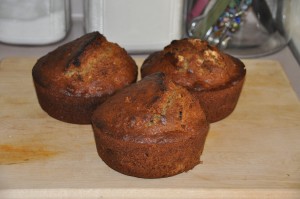“Although the dough in this recipe is fairly difficult to handle, it makes a very delicate, briochelike bread with a rich, buttery, eggy taste…The bread is called ‘water-proofed’ because the dough is submerged in a bath of water for the first rising.”
-James Beard, Beard on Bread
The holidays are over, I have the week off work, and it’s time to get caught up with the Brooks Bakes Bread project. My goal is to finish all of the loaves in one year, which gives me until March 27 to bake 32 more loaves.
I decided to try Water-Proofed Bread today because it looked complicated, and I had the whole day to work on it. Luckily, I didn’t need it (especially since I had to catch up on laundry after our Christmas trip to Colorado).
Here are the ingredients:
The dough was fairly difficult to handle, because it was so soft and sticky. I followed Beard’s suggestion and used a spatula to help me knead in additional flour until the dough was easy enough to handle. After a bit more kneading, it was time for the unusual step of placing the dough on a towel, wrapping it up, and submerging it in a bowl of warm water for the first rising. Beard doesn’t spell out what, exactly, is accomplished by this klutziness.
The dough started out sunk to the bottom of the bowl:
And after half an hour had risen enough to float to the top:
I unwrapped my dough package to discover a sticky mass of dough adhered to a towel. After scrapping the dough off, I added more flour and shaped it into two loaves. Based on the volume of my loaves, I used 8 x 4 loaf pans instead of the 9 x 5 loaf pans called for by the recipe.
After another 45 minutes of rising, I brushed the loaves with cold water and made some diagonal slits in the tops.
I baked the loaves at 375 degrees for 20 minutes until they were browned, then removed the loaves from the pans and baked them on the oven racks for an additional two minutes to crisp the crust.
Water-Proofed Bread was my favorite recipe from the Egg Breads section to date. It has a fluffy texture with flaky crust, and subtly buttery flavor. I’m not sure what the whole water-proofing step actually does for you, but the end result was tasty.

